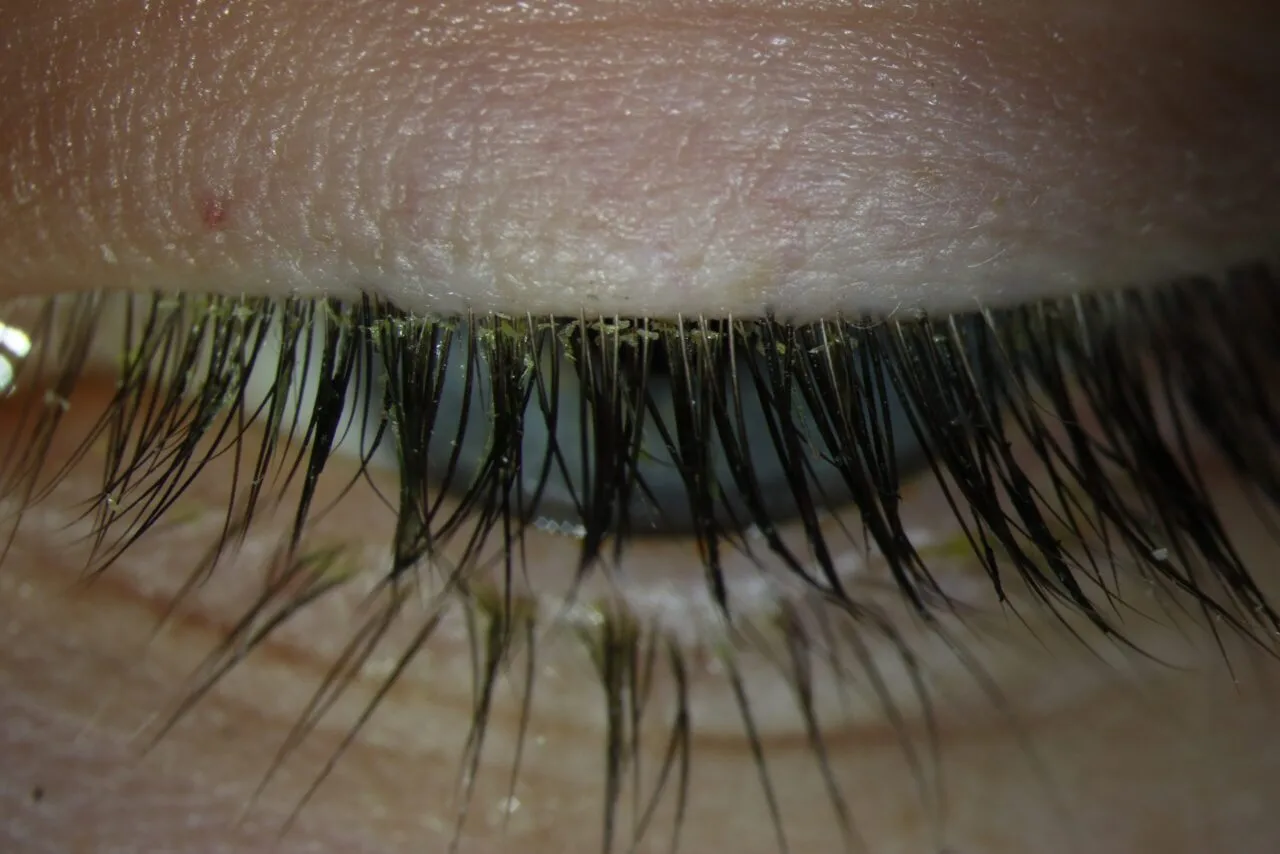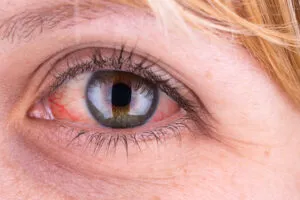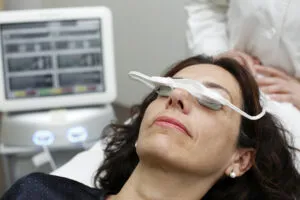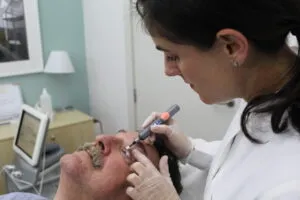Eye diseases
Blefaritis

What is blepharitis?
Blepharitis is a very common problem seen in ophthalmologists’ offices and consists of the swelling of the edge of the eyelids, located at the base of the eyelashes and/or glands just below them, which are called the Meibomian glands.
These glands produce a fatty secretion that ensures tears are of a good quality and do not excessively evaporate, so they are essential in making sure the eye’s surface remains hydrated and in good condition.
Symptoms
Causes and risk factors
Treatment
Blepharitis can be specific or chronic inflammation, and its severity varies greatly from one person to another. You might sometimes not even know you have it, and it is only detected during a full eye examination. Other times, it causes eye discomfort of differing intensity, such as excessive tearing, redness, a foreign body or grit sensation, itching and, in severe cases, even fluctuations in vision, excessive light sensitivity, or pain.
These symptoms might be accompanied by “dandruff” or small scabs on the eyelashes, an accumulation of fat on the edge of the eyelid, or the presence of styes. Blepharitis is also often associated with dry eye, and over 80% of patients with dry eye suffer from Meibomian gland dysfunction.





